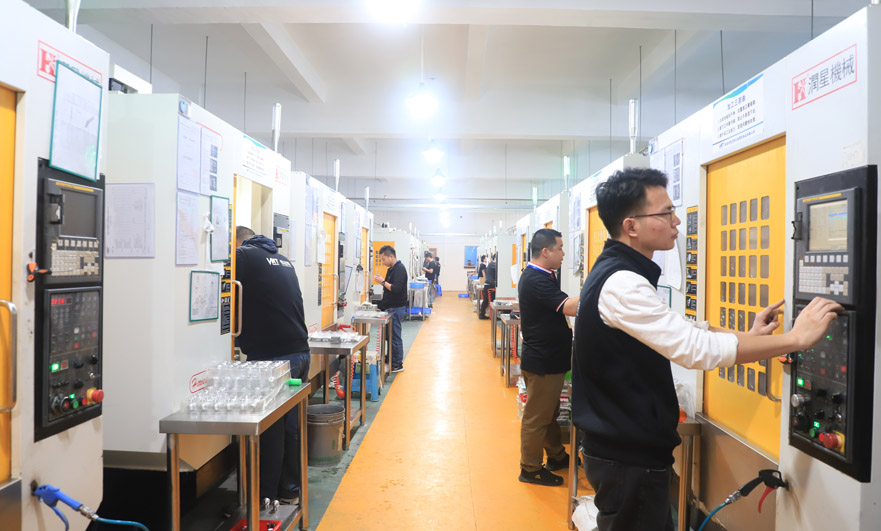15 years one-stop China custom CNC machining parts factory

Hey there I’m VMT Sam!
With 25 years of CNC machining experience we are committed to helping clients overcome 10000 complex part-processing challenges all to contribute to a better life through intelligent manufacturing. Contact us now
 171 |
Published by VMT at Nov 11 2022
171 |
Published by VMT at Nov 11 2022
The VMT CNC machining Manufacturing team was established in 2008. It has long been committed to the processing of high-precision, high-difficulty, and easily deformed metal and plastic parts, light alloy and composite materials (such as aluminum alloy, carbon fiber, etc.) Parts procurement and customization services. Next, what are the advantages of 3+2 CNC machining and five-axis machining by VMT?
1. What is 3+2 CNC machining?
During the execution of a 3-axis CNC milling program, the two rotary axes of the 5-axis machine tool are used to fix the cutting tool in an inclined position, and the name of the 3+2 CNC machining technology also comes from this, which is also called the positioning 5-axis machine tool. , because the fourth and fifth axes are used to determine the orientation of the tool in a fixed position, not continuously during CNC machining.
The principle of 3+2 CNC machining is essentially the realization of the three-axis function at a specific angle (ie "positioning").

2. What is 5-axis CNC machining?
According to ISO regulations, when describing the motion of CNC machine tools, the left-handed rectangular coordinate system is used; the coordinate axis parallel to the main shaft is defined as the Z axis, and the rotation coordinates around the X, Y, and Z axes are A, B, and C, respectively. Usually five-axis linkage refers to the linear interpolation movement of any five coordinates in X, Y, Z, A, B.

3. The difference between 3+2 CNC machining and 5-axis CNC machining
3+2 CNC machining is different from 5-axis CNC machining for different industry objects. 5-axis CNC machining is suitable for surface processing, and 3+2 CNC machining is suitable for plane processing.
The advantages of 3+2 CNC machining:
1) Shorter, more rigid cutting tools can be used.
2) The tool can form a certain angle with the surface, and the spindle head can be extended lower and closer to the workpiece.
3) The tool moving distance is shorter and the program code is less.
Limitations of 3+2 CNC machining:
3+2 CNC machining is generally considered to set a constant angle to the spindle. Complex workpieces may require many oblique views to cover the entire workpiece, but this can result in overlapping toolpaths, increasing CNC machining time.
The advantages of 5-axis CNC machining:
1) There is no need for special fixtures during CNC machining, which reduces the cost of fixtures, avoids multiple clamping, and improves mold processing accuracy.
2) Reduce the number of fixtures used.
3) Many special tools are omitted in CNC machining, thereby reducing tool costs.
4) In CNC machining, the effective cutting edge length of the tool can be increased, the cutting force can be reduced, the service life of the tool can be improved, and the cost can be reduced.
Limitations of 5-axis simultaneous CNC machining:
1) Compared with 3+2 CNC machining, the rigidity of the spindle is worse.
2) In some cases, the five-axis solution is not suitable, such as the tool is too short, or the tool handle is too large, so that the vibration cannot be avoided under any inclined angle conditions.
3) Compared with the 3-axis CNC machining machine, the CNC machining accuracy error is large.
The above is a summary of the advantages of 3+2 CNC machining and five-axis CNC machining by VMT CNC machining factory. If you want to know more about CNC machining, you can contact us: inquiry@vimetal.com.cn to negotiate with us.
Ready To Start Your Next Project?
Get Instant Quote

Request a Free Quote
Send us a message if you have any questions or request a quote. We will get back to you ASAP!
